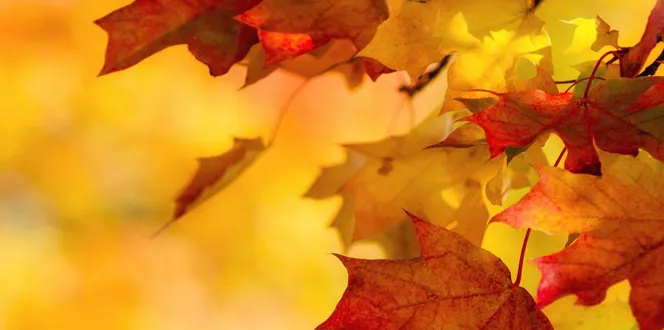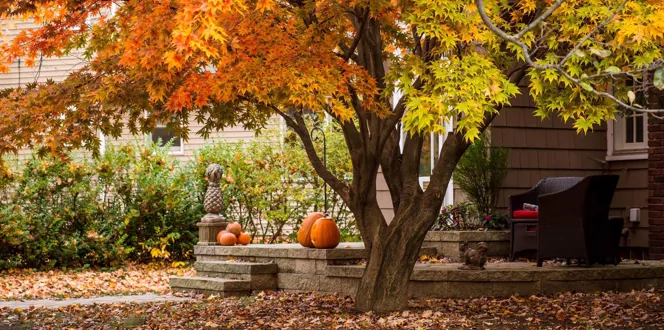Everyone is extra thirsty in the summer. You, your pets, and even your trees!
Yes, during long, hot summer days, your trees also need a nice, cool drink of water.
While there are many watering methods, our scientists at the Davey Institute know the best way to water trees.
Drum roll, please… The slow watering method is one of the best ways to keep trees hydrated during dry spells and prolonged drought. Read below to learn more about this approach and how it helps your trees.
What Is The Slow Watering Method?
There is much more to your trees than what you see above the ground, which is the beauty of this watering method. This technique delivers water right to where trees need it the most – their roots!
Slow watering delivers water 6-12 inches into the ground - instead of just wetting the surface. It prevents runoff of water across the surface of the ground too.
Why Is This The Best Way To Water Trees?
When you water too quickly on the ground’s surface, much of the water evaporates or runs-off before reaching the roots. So, you need to water more often and with more volume to make up for the waste. This fast, frequent watering also produces a shallow root system. During dry periods and drought, trees with shallow roots struggle to intake enough water from the top of the soil, which dries out first, and are unable to reach the water in deeper soil.
Slow watering solves these problems. You use less water and develops a deeper root system while ensuring water efficiently reaches the tree roots.
Slow watering can be accomplished with a slow release watering bag for small trees or a drip (soaker) hose for larger trees. Deep Root watering is a process of injecting water below the soil surface directly into the root zone.
If you’re watering trees in drought conditions or in an area with water restrictions, such as California, you’ll be grateful this technique uses less water. Plus, slow watering is the way to go if you want to reduce your expensive water bill.





